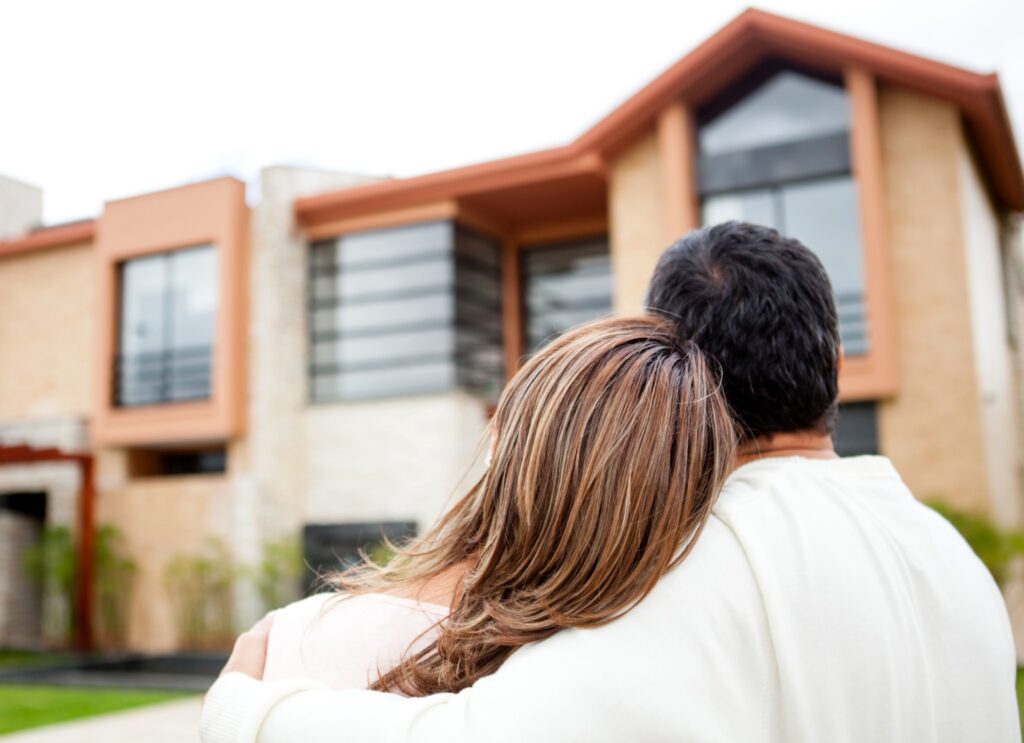Australia’s real estate market has undergone significant transformations over the years, reflecting shifts in societal values, economic conditions, and lifestyle preferences. As the nation has grown and evolved, so too have the housing needs and desires of its population. From the suburban dream of the mid-20th century to the contemporary focus on sustainability and urban living, the Australian housing market is a dynamic landscape that continues to adapt to the changing times.

The Suburban Dream: Post-War Housing Preferences
In the aftermath of World War II, Australia experienced a housing boom driven by the nation’s economic prosperity and a surge in population growth. The dream of homeownership became a central aspiration for many Australians, leading to the expansion of suburban areas across the country. Detached single-family homes on large plots of land became the norm, reflecting the desire for space, privacy, and a connection to nature.
Suburbs like Melbourne’s Doncaster and Sydney’s Parramatta expanded rapidly during this period, offering families the opportunity to own their piece of the Australian dream. These homes often featured spacious backyards, gardens, and were located in close proximity to schools and parks, making them ideal for raising children. The car-centric lifestyle of the time further fueled suburban expansion, as families prioritized space and comfort over proximity to city centers.
Urbanization and the Shift Towards City Living
As Australia continued to urbanize in the latter half of the 20th century, there was a noticeable shift in housing preferences. The rise of dual-income households, coupled with the increasing value of time, led to a growing interest in city living. Inner-city areas such as Sydney’s Surry Hills and Melbourne’s Fitzroy began to attract young professionals and empty-nesters who sought the convenience and vibrancy of urban life.
The demand for apartments and townhouses grew, leading to the development of high-density residential buildings in city centers. This shift was not only driven by a desire for shorter commutes and access to amenities but also by changing family structures.
Smaller households and a focus on lifestyle over space made apartment living an attractive option for many Australians. As a result, the skyline of major Australian cities began to transform, with high-rise buildings becoming a common feature.
Sustainability and the Green Housing Movement
In recent years, sustainability has become a key consideration in the Australian housing market. As awareness of environmental issues has grown, so too has the demand for eco-friendly homes. This shift is evident in the increasing popularity of sustainable housing developments that incorporate energy-efficient designs, renewable energy sources, and environmentally responsible building materials.
The trend towards sustainable living is also reflected in the rise of smaller, more efficient homes. Tiny houses and compact apartments have gained traction, particularly among younger generations who prioritize environmental impact and affordability. Additionally, the use of solar panels, rainwater harvesting systems, and passive solar design has become more widespread, with many Australian homeowners seeking to reduce their carbon footprint and lower their energy costs.
The Impact of Technology on Housing Preferences
Technology has also played a significant role in shaping housing preferences in Australia. The rise of remote work, accelerated by the COVID-19 pandemic, has led to a reevaluation of what constitutes an ideal home. With the ability to work from anywhere, many Australians are choosing to leave the hustle and bustle of city life in favor of more spacious homes in regional areas.
Regions like the Gold Coast in Queensland and the Yarra Valley in Victoria have seen an influx of residents seeking a better quality of life, with larger homes and access to nature. The demand for home offices, high-speed internet, and smart home technology has also increased, as more Australians look to create comfortable and productive work environments at home.

The Role of Australian Topical Sites in Real Estate Trends
Australian topical sites, including those focused on lifestyle, design, and sustainability, have had a notable influence on housing preferences. These platforms provide insights into the latest trends in architecture, interior design, and eco-friendly living, inspiring Australians to adopt new ideas and innovations in their homes.
For instance, sites dedicated to showcasing sustainable living practices have popularized the concept of green homes and sustainable communities. They offer valuable information on how to reduce energy consumption, make use of renewable resources, and create healthier living environments. Similarly, design-focused sites have contributed to the growing interest in modern, minimalist interiors and the use of smart technology in the home.
These topical sites also play a role in shaping the aspirations of potential homebuyers and renters, offering a glimpse into the possibilities that modern Australian housing can offer. As a result, they have become an essential resource for those looking to stay informed about the latest developments in the real estate market and make informed decisions about their housing choices.
Looking Ahead: Future Trends in Australian Housing
As Australia continues to evolve, so too will the housing preferences of its people. The ongoing emphasis on sustainability, coupled with the increasing importance of technology and connectivity, suggests that future homes will likely be even more efficient, adaptable, and environmentally friendly.
The trend towards regional living may also continue, as Australians seek to balance the demands of work and life in a way that prioritizes health, well-being, and connection to nature. Additionally, the growing diversity of Australia’s population will likely lead to a broader range of housing options, catering to different cultural preferences and lifestyle needs.


